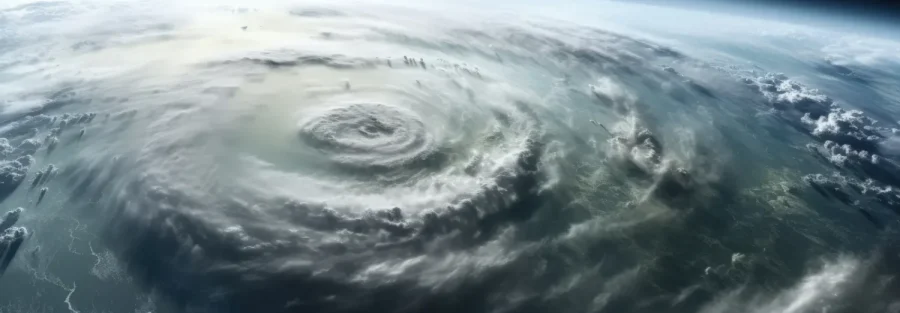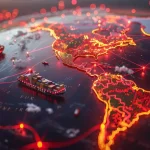There’s a peculiar kind of silence that fills a room when the world is hurting – and lately, that silence has felt global.
From the war-ravaged streets of Gaza to flooded villages in Brazil, from disappearing forests to refugee boats capsizing at sea – we are witnessing suffering not in isolated headlines, but in waves. Continuous, compounding waves. And yet, we scroll. We work. We attend meetings. We eat dinner. Life moves on – but what happens to all the grief we don’t process?
We are mourning at scale, even if we don’t call it that.
The Psychology of Mass Grief
Psychologists call this “collective trauma” – the emotional toll of global events that affect groups of people across geographies, whether directly or indirectly. It’s not just about losing someone close. It’s about waking up each day to a fresh tragedy: children pulled from rubble, forests on fire, lives uprooted.
The brain isn’t designed to process trauma this wide. Historically, grief was local. Personal. Tangible. But now we carry grief from across the planet in our pockets – livestreamed, looped, and algorithmically amplified.
This overload leads to what sociologists’ term “compassion fatigue.” We care deeply… and then feel paralyzed. We want to help… and then shut down. The pain feels too big. And so, numbness becomes our shield.
But Grief Is a Sign of Life
What if, instead of shutting it out, we made space for it?
Grief is not weakness. It’s proof of empathy. It’s what connects us to strangers we’ll never meet – to the mother in Rafah, the student protester in Paris, the farmer in Punjab. It reminds us we’re not isolated beings but part of a shared, fragile humanity.
We are not meant to carry the whole world – but we are also not meant to pretend it doesn’t hurt.
Mourning is Political. And Powerful.
Here’s the truth most don’t say out loud: grieving publicly, collectively, is resistance. When people take to the streets with photos of the dead, when timelines flood with names and numbers, when students sit in silence on campus lawns – they are refusing to normalize suffering.
The world’s most powerful movements have been born from grief: apartheid protests, anti-war marches, civil rights revolutions. Grief has always been the seed of change – because what we mourn reveals what we value.
And right now, it tells us we still care.
So, What Do We Do With All This Pain?
We acknowledge it. We talk about it. We create art, we write, we cry. We vote differently. We support differently. We rest.
And most importantly – we don’t let it turn us cold.
In a time where outrage is constant and empathy feels finite, choosing to feel is a radical act. Choosing to grieve together is a declaration: We will not let this become normal.
Because the world may be hurting, but we are still here. Still human. Still heart-full.





